Table of Contents
Self-Love Deficit Disorder (SLDD) is a term coined by psychotherapist Ross Rosenberg. It refers to a chronic pattern of forming and maintaining relationships with narcissistic, emotionally unavailable, or abusive partners due to a lack of self-love.
Key Characteristics of SLDD:
- Low self-worth: People with SLDD often feel unworthy of healthy love and may not recognize their intrinsic value.
- Codependency: They tend to put others’ needs ahead of their own, often to the point of self-neglect.
- Attraction to narcissists: SLDD sufferers are commonly drawn to controlling, selfish, or manipulative partners, creating a “self-love deficient” and “self-love excessive” dynamic.
- Fear of abandonment: This fear drives people with SLDD to stay in toxic relationships, even when they’re unhappy or mistreated.
Where It Comes From:
SLDD often stems from childhood emotional neglect, trauma, or inconsistent parenting, especially in environments where love was conditional or tied to performance, obedience, or care-taking.
Not a Clinical Diagnosis:
SLDD is not recognized as an official mental health diagnosis in the DSM-5. However, it is a popular framework in psychotherapy for understanding certain relational patterns, especially in the context of codependency and narcissistic abuse recovery.
Healing SLDD:
Recovery involves:
- Rebuilding self-esteem and self-worth.
- Learning healthy boundaries.
- Developing emotional independence.
- Seeking therapy that focuses on inner child work or trauma recovery.
SLDD reflects a deep need for self-love that gets redirected into dysfunctional relationships, making healing and self-empowerment essential for change.
What Is Self-love?
Self-love is the deep appreciation and respect one holds for oneself. It involves recognizing your own worth and prioritizing your happiness and well-being. True self-love is reflected in the thoughts and actions that nurture your physical, psychological, and spiritual growth, creating a foundation for a more balanced and fulfilling life.
Although the two can often be confused, self-love and narcissism are actually opposites 1 Henschke, E., & Sedlmeier, P. (2021). What is self-love? Redefinition of a controversial construct. The Humanistic Psychologist. Advance online publication. https://doi.org/10.1037/hum0000266 . Narcissism, in contrast to self-love is regarded as negative and in extreme cases, can even give rise to narcissistic personality disorder.
Why is self love important? Read More
What Is Self love Deficit Disorder (SLDD)?
Self-love deficit disorder (SLDD) is a mental state in which a person normalizes an unequal and abusive intimate relationship and accepts the imbalanced, one-sided distribution of love, respect, and care. It is the quintessential lack of self-love and can lead to “toxic codependency” 2 Stafford L. L. (2001). Is codependency a meaningful concept?. Issues in mental health nursing, 22(3), 273–286. https://doi.org/10.1080/01612840121607 . It is however, currently a medically unrecognized mental health condition 3 O’Gorman P. (1993). Codependency explored: a social movement in search of definition and treatment. The Psychiatric quarterly, 64(2), 199–212. https://doi.org/10.1007/BF01065870 .
People with self-love deficit disorder chronically find themselves in unbalanced and unhealthy relationships. They tend to gravitate toward toxic and self-serving people who only receive to give nothing in return.
They are considered to be the weaker and abused co-dependents to partners or others in close relationships, who selfishly absorb others’ energy and resources 4 Day, N. J. S., Townsend, M. L., & Grenyer, B. F. S. (2020). Living with pathological narcissism: a qualitative study. Borderline personality disorder and emotion dysregulation, 7(1), 19. https://doi.org/10.1186/s40479-020-00132-8 .
Often, they have distorted perceptions of reality and self-assessment, believing that they are fundamentally flawed or damaged. They may subject themselves to abuse and negate the abuse directed at them via various methods like self-gaslighting, denial, dissociation, oblivion, negative self-talk, etc.
The psychology of self-love deficit disorder is very similar to that of dependent personality disorder 5 Disney K. L. (2013). Dependent personality disorder: a critical review. Clinical psychology review, 33(8), 1184–1196. https://doi.org/10.1016/j.cpr.2013.10.001 (DPD) and borderline personality disorder (BPD). Much like people with dependent or borderline personality, people with SLDD act out of:
- Intense guilt
- Low self-esteem and confidence
- Pathological loneliness
- An obsessive fear of abandonment
They display a long-term enduring pattern 6 Mulry J. T. (1987). Codependency: a family addiction. American family physician, 35(4), 215–219. of passivity, unconditional obedience, and submission and this cripples them from functioning normally in different social settings. Neglecting their own needs, they compulsively cling to narcissistic and abusive people for validation and approval and display a pathological “gratitude”.
Consequently, they adopt maladaptive behaviors and practices to cope with their not-so-pleasant realities. Because of this, SLDD is frequently associated with poor mental health, self-harm, and suicidal tendencies.
Case Example
Sharanya had been in a turbulent romantic relationship for six months with a partner who was deeply controlling and manipulative. He constantly demanded to know her whereabouts, restricted her from going out, and criticized her choice of outfits—all under the guise of love, using emotional blackmail and the withdrawal of affection to exert control.
He frequently humiliated her over minor issues, often belittling her during conversations and making her feel small and unworthy. In response, Sharanya found herself walking on eggshells, always striving to meet his unrealistic expectations in the hope of keeping the peace and gaining his approval.
Despite his repeated aggression and emotional abuse, Sharanya clung to the brief moments when he treated her kindly, convincing herself that those rare glimpses of affection reflected his “true” self. When her friends expressed concern and tried to show her the toxic nature of the relationship, she dismissed their worries, interpreting his possessiveness as proof of love. She believed that if she tried hard enough—if she became the version of herself he wanted—she could make the relationship work.
Case Analysis
Sharanya’s partner exhibited clear traits of narcissistic abuse, and she became submissive in an attempt to maintain the relationship. Her constant need to please him, despite the harm it caused her, reflects a profound struggle with Self-Love Deficit Disorder (SLDD). This behavior points to an internalized belief that her worth is dependent on others’ approval—particularly from someone who repeatedly devalues her.
The Psychology Of Self-love Deficit Disorder
Even though people with self-love deficit disorder appear as victims at the receiving end of narcissistic abuse, experts 7 Shelly J. A. (1991). Codependency and caring. Journal of Christian nursing : a quarterly publication of Nurses Christian Fellowship, 8(2), 3. suggest that such people come with a paradoxical psychology. The psychology of self-love deficit disorder borders on the twin aspects of control and victimhood (.i.e., pleaser and controller) at the same time.
People with self-love deficit disorder get into abusive and toxic relationships with narcissists as they believe they can heal and change the narcissistic and abusive parties into loving, caring, and respecting them.
They voluntarily ‘give up’ their power 8 Grapsas, S., Brummelman, E., Back, M. D., & Denissen, J. J. A. (2020). The “Why” and “How” of Narcissism: A Process Model of Narcissistic Status Pursuit. Perspectives on psychological science : a journal of the Association for Psychological Science, 15(1), 150–172. https://doi.org/10.1177/1745691619873350 to their power-hungry peers only to manipulate and coax them with care and kindness. This strategy is seldom successful as narcissists are people who are habituated to devouring resources and maintaining their negative and unhealthy stances.
If and when people with SLDD try to reinforce mutual and fair boundaries, their narcissistic partners 9 Mitra, P., & Fluyau, D. (2022). Narcissistic Personality Disorder. In StatPearls. StatPearls Publishing. Available from: https://www.ncbi.nlm.nih.gov/books/NBK556001/ punish them with some form of active or passive-aggressive retaliation.
Codependents are convinced by themselves and their narcissistic partners 10 Lambe, S., Hamilton-Giachritsis, C., Garner, E., & Walker, J. (2018). The Role of Narcissism in Aggression and Violence: A Systematic Review. Trauma, violence & abuse, 19(2), 209–230. https://doi.org/10.1177/1524838016650190 that their sacrifice and selfless caring are synonymous with commitment, loyalty and love. As they find themselves enmeshed greatly into toxic relationships, they develop unhealthy coping and defense mechanisms.
People with SLDD often deny their realities, develop an addiction towards abuse, and a near-empathetic obsession with their abusive partners. Neglecting their needs and wants, the care-taking and sacrificing people with SLDD settle in long-term relationships with the selfish and entitled narcissistic people around them.
Read More About Narcissism Here
Self Love Deficit Disorder Symptoms
If you suspect that you or your loved one might have this condition, here are some self-love deficit disorder symptoms to look out for 11 Kijek J. C. (1989). Codependency–what is it?. The Florida nurse, 37(2), 11. Available from: https://pubmed.ncbi.nlm.nih.gov/2703085/ :
- Guilt
- Low self-esteem and confidence
- Low self-worth
- Pathological loneliness
- Fear of abandonment
- Excessive attachment
- Over–dependence on love and affection
- Extreme passivity
- Self-gaslighting
- Denial of reality
- Attempting to control others with care, service, favors, etc.
- Self-neglect 12 Touza, C., & Prado, C. (2019). Detecting Self-Neglect: A Comparative Study of Indicators and Risk Factors in a Spanish Population. Gerontology & geriatric medicine, 5, 2333721418823605. https://doi.org/10.1177/2333721418823605 , while caring for others
- Caring for others to coax them into loving oneself
- Going out of one’s way to please people
- Continuing to be in unsatisfying and abusive relationships
- Having narcissistic partners or friends
What Causes Self-Love Deficit Disorder?
Studies 13 Touza, C., & Prado, C. (2019). Detecting Self-Neglect: A Comparative Study of Indicators and Risk Factors in a Spanish Population. Gerontology & geriatric medicine, 5, 2333721418823605. https://doi.org/10.1177/2333721418823605 summarize the causes of self-love deficit disorder into what is typically called the “self-love deficit disorder pyramid”. The bottom-to-top levels of this pyramid include:
- Negative experiences in the childhood
- Attachment trauma
- Core shame
- Pathological loneliness
- Codependency addiction
- Full development of self-love deficit disorder (SLDD)
The roots of Self-Love Deficit Disorder (SLDD) often lie in childhood, particularly in environments dominated by authoritarian, toxic, or narcissistic caregivers. In such households, love and affection are offered conditionally—based on obedience, achievement, or compliance—rather than being freely given. As a result, the child grows up feeling unloved, unseen, and emotionally unsafe.
Over time, these children internalize the belief that their needs, feelings, and individuality are unworthy of attention. Some may even repress or dissociate from their early painful experiences, unknowingly forming deep attachments to their trauma. This trauma bonding instills a toxic narrative: “Something is wrong with me, and that’s why I’m not lovable.”
This belief system gives rise to a corrosive form of shame that erodes self-esteem, personal identity, and emotional independence. They begin to feel that their worth lies solely in being “useful”—by caretaking, pleasing, or self-sacrificing for others. In the process, their own needs and desires are sidelined or completely forgotten.
In an attempt to fill the emotional void and escape their inner pain, they may develop an overwhelming need for companionship and validation. This often leads to relationship addiction, where they become emotionally dependent on others—especially narcissistic or abusive partners—who exploit their love, empathy, and loyalty.
Driven by a subconscious need to earn love, they engage in cycles of over-giving, people-pleasing, and self-neglect, hoping that one day, their efforts will be reciprocated. Tragically, this pattern only reinforces their core wound: that they are not enough just as they are.
In their loneliness and lifelong pursuit of love and companionship, they settle for receiving less or nothing in return 14 Jones S. L. (1991). Are we addicted to codependency?. Archives of psychiatric nursing, 5(2), 55–56. https://doi.org/10.1016/s0883-9417(05)80016-0 who coax others into loving them by controlling or caring for them. They neglect their own needs and wants in order to please others. This is when they develop a full-blown self-love deficit disorder.
Self-Love Deficit Disorder Treatment
Self-love deficit often goes unnoticed in our daily lives, subtly disguised as small compromises or constant adjustments we make in our relationships. While occasional give-and-take is natural, consistently prioritizing others at the expense of your own well-being can be a red flag. If you find that this pattern is significantly impacting your emotional health or day-to-day functioning, it may be time to seek support from a qualified mental health professional. Reaching out is not a sign of weakness—it’s a powerful step toward healing and reclaiming your sense of self-worth.
For those wondering how to recover from self love deficit disorder, a strategy known as “self-love abundance” 15 Gebauer, J. E., Göritz, A. S., Hofmann, W., & Sedikides, C. (2012). Self-love or other-love? Explicit other-preference but implicit self-preference. PloS one, 7(7), e41789. https://doi.org/10.1371/journal.pone.0041789 is popularly recommended by experts along with certain self-help mindfulness techniques 16 Schuman-Olivier, Z., Trombka, M., Lovas, D. A., Brewer, J. A., Vago, D. R., Gawande, R., Dunne, J. P., Lazar, S. W., Loucks, E. B., & Fulwiler, C. (2020). Mindfulness and Behavior Change. Harvard review of psychiatry, 28(6), 371–394. https://doi.org/10.1097/HRP.0000000000000277 .
Self-love Abundance
An abundance of self-love is the simple anecdote to self-love deficit disorder. Loving yourself would mean accepting yourself, wholeheartedly and unconditionally. 17 Bailey J. A., 2nd (2003). The foundation of self-esteem. Journal of the National Medical Association, 95(5), 388–393. . Self-love abundance also help increase:
- Gratitude
- The ability to love others
- Abundance
- Exuberance and joy
- Attracting and manifesting wishes
- Finding peace of mind and happiness
In fact, experts have formulated the “self-love abundance pyramid” (SLA-pyramid) 18 Knapek, E., & Kuritárné Szabó, I. (2014). A kodependencia fogalma, tünetei és a kialakulásában szerepet játszó tényezők [The concept, the symptoms and the etiological factors of codependency]. Psychiatria Hungarica : A Magyar Pszichiatriai Tarsasag tudomanyos folyoirata, 29(1), 56–64. to guide people with SLDD.
The first step to recovering from SLDD involves working on your unaddressed childhood trauma and past negative experiences, which can be worked on in self-love deficit disorder therapy. You will then be able to gradually work towards prioritizing yourself and building a foundation for self-respect, self care and self fulfillment.
This step towards self-care will further enable you to develop a realistic and empowering concept of self, while getting rid of maladaptive coping styles, such as people-pleasing behavior.
Eventually, you will find yourself more comfortable with your own reality and seep into the healthy habit of living as an imperfect, but lovable human being. You will reinforce within yourself a healthy sense of self-worth based on who you are, rather than your ‘usefulness’.
Ways To Achieve Self-Love Abundance
As mentioned before, the remedy to self-love deficit and self-hatred is self-love—which can be achieved via small self-help strategies and other healthy coping mechanisms.
For more severe cases of self-love deficit disorder, it is recommended that you seek professional help. There is no specifically prescribed treatment for self-love deficit disorder, as it is not a medically recognized condition.
Moreover, research is sparse 19 Harper, J., & Capdevila, C. (1990). Codependency: a critique. Journal of psychoactive drugs, 22(3), 285–292. https://doi.org/10.1080/02791072.1990.10472551 and limited when it comes to SLDD. However, certain clinical practices and non-medical interventions are easily available to reinforce self-love and self-care in people with SLDD.
Consider the following measures to work towards achieving self-love:
- Acknowledge and accept your realities.
- Become mindful of your wants and needs.
- Reorient your ideas about codependency, personal freedom, commitment, etc.
- Act on what you need, rather than what you want.
- Practice good self-care with good nutrition, adequate exercise and sleep, and healthy relationships.
- Consider self-help mindfulness techniques 20 Creswell, J. D., Lindsay, E. K., Villalba, D. K., & Chin, B. (2019). Mindfulness Training and Physical Health: Mechanisms and Outcomes. Psychosomatic medicine, 81(3), 224–232. https://doi.org/10.1097/PSY.0000000000000675 like meditation, yoga, behavioral training, etc.
- Boost your self-esteem by developing a hobby or learning a skill.
- Be mindful 21 Keng, S. L., Smoski, M. J., & Robins, C. J. (2011). Effects of mindfulness on psychological health: a review of empirical studies. Clinical psychology review, 31(6), 1041–1056. https://doi.org/10.1016/j.cpr.2011.04.006 of the needs and intentions of other people around you.
- Disengage yourself from toxic and tiring relationships.
- Address your untreated trauma and ill-feelings. If possible, try holding open conversations with the people you resent. Understanding them can go a long way in treating your SLDD.
- Draw boundaries and try not to limit yourself to thoughts and activities that trigger negative feelings in you and express poorly who you are.
- Practice self-empathy and self-forgiveness on a daily basis.
- Intentionally live a meaningful and healthy life.
- If needed, avail self-love deficit disorder therapies that explore the source of trauma, reframe negative thoughts, and treat coexisting mental health conditions.
Takeaway
Self-love is a fundamental pillar of a happy and fulfilling life. When we neglect it—choosing instead to engage in extreme self-sacrifice or self-neglect—we risk harming our overall well-being. This imbalance can diminish our quality of life, damage our physical and mental health, and strain our relationships with others.
That’s why it’s essential to embrace self-care, self-respect, and self-love as non-negotiable practices. By nurturing ourselves first, we cultivate the strength, clarity, and compassion needed not only to thrive personally but also to contribute meaningfully to the world around us.
At A Glance
- Self-love deficit disorder (SLDD) is a medically unrecognized mental condition in which a person normalizes an abusive relationship.
- The self-love deficit disorder symptoms include guilt, pathological loneliness, self-sacrifice, self-neglect, manipulation through kindness, etc.
- People with SLDD tend to get drawn into relationships with narcissistic and abusive people.
- The causes of SLDD are attributed to untreated childhood trauma and parental abuse.
- Reinforcing self-love abundance is the only cure to self-love deficit disorder.
- An abundance of self-love can be achieved through healthy coping strategies and, sometimes, therapy.
Frequently Asked Questions (FAQs)
What is Self Love Deficit Disorder (SLDD)?
Self Love Deficit Disorder is a term used to describe a chronic pattern of attracting and staying in unhealthy or toxic relationships due to a deep lack of self-love. It often stems from unresolved childhood trauma and leads individuals to feel unworthy unless they are constantly giving or sacrificing for others.
How can someone recover from Self Love Deficit Disorder?
Recovery from Self Love Deficit Disorder involves healing past emotional wounds, building self-worth, learning to set healthy boundaries, and replacing self-sacrificing patterns with self-care and self-respect. Therapy, inner child work, and conscious relationship choices play a key role in the healing journey.
What are the signs and symptoms of Self Love Deficit Disorder?
Common signs of Self Love Deficit Disorder include low self-esteem, people-pleasing behaviors, fear of abandonment, difficulty setting boundaries, and forming relationships with emotionally unavailable or narcissistic individuals. Individuals may also deny mistreatment and continue overgiving to gain approval.
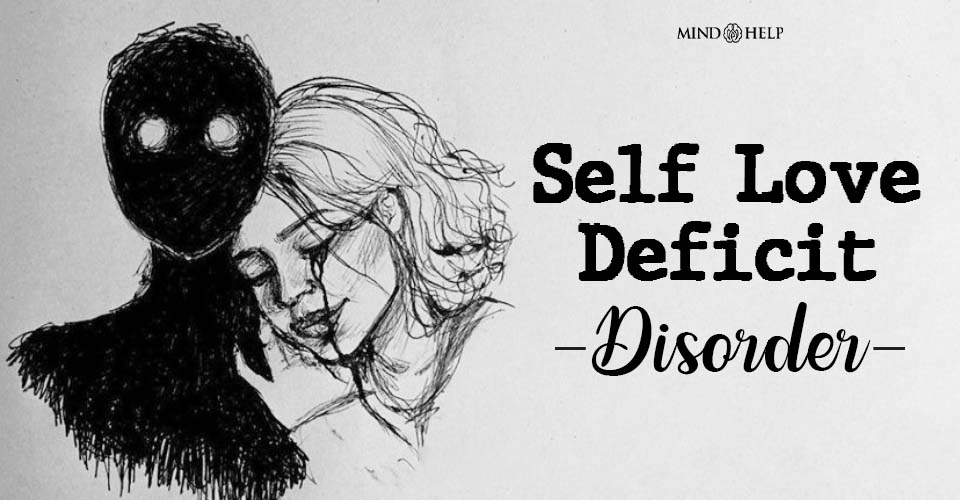
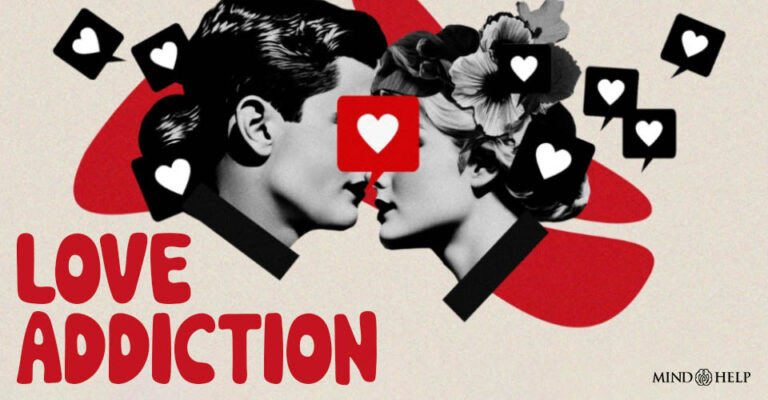
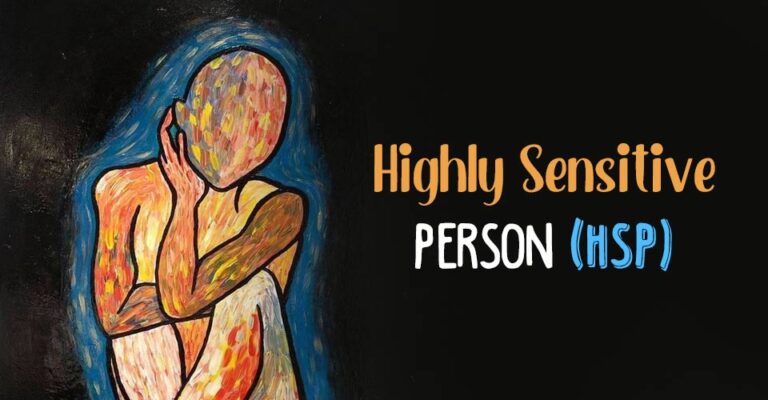
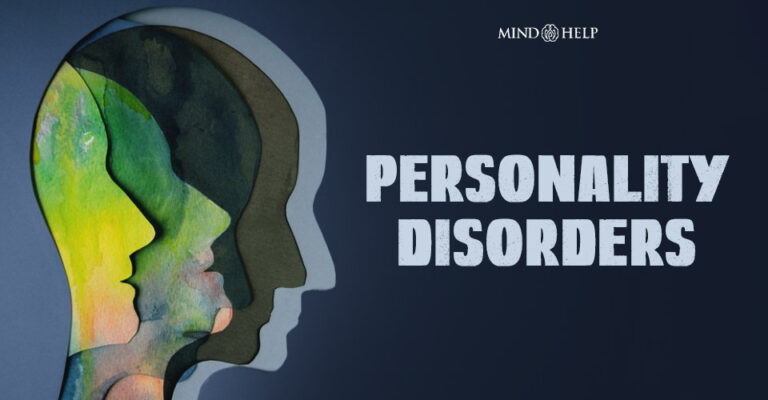
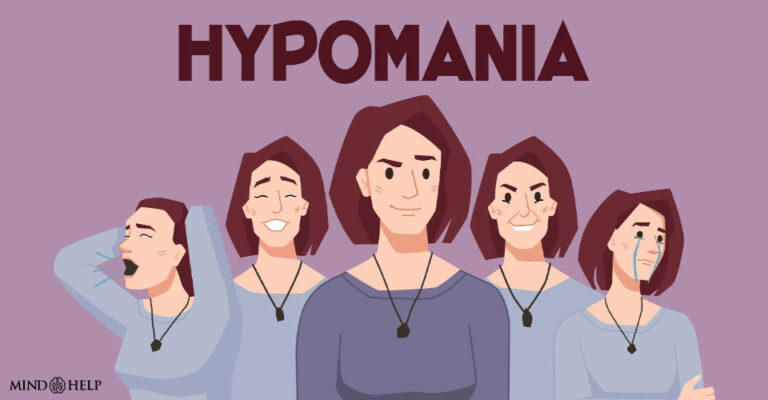
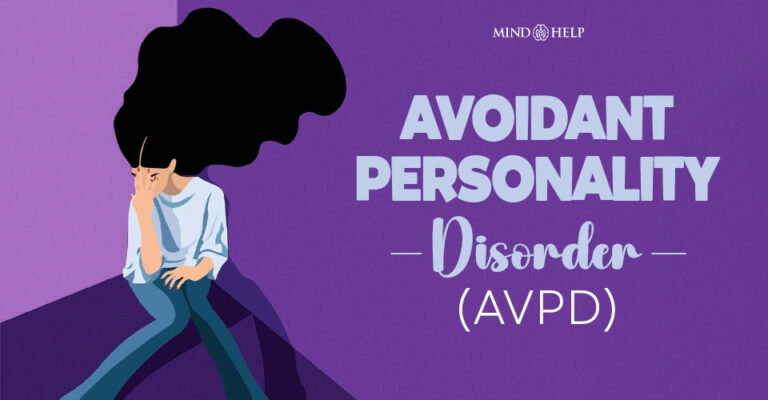

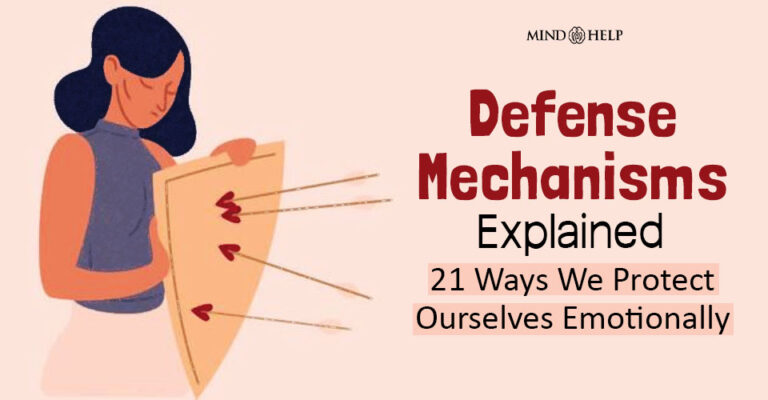
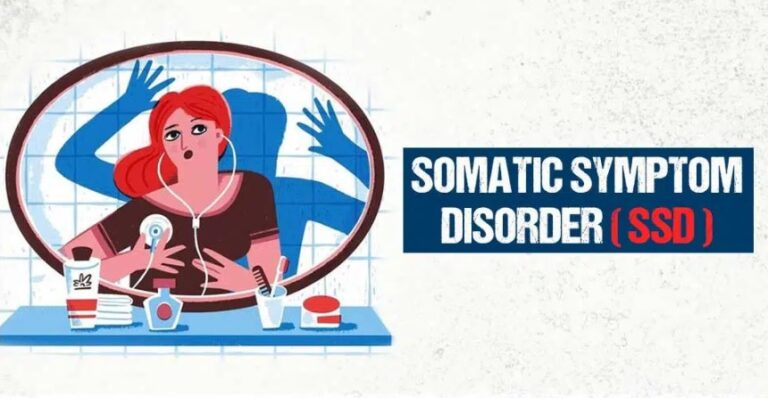
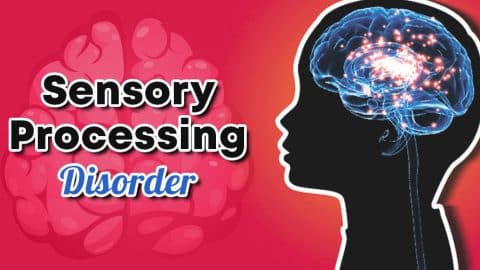
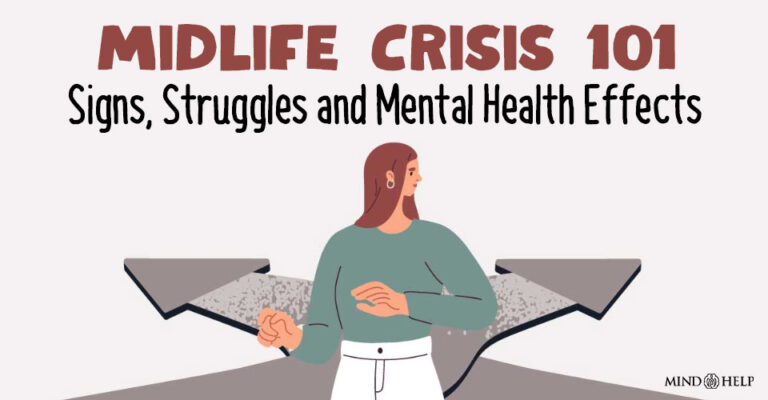



I am a physician with over 40 years of knowledge and experiences in human psychology, Family as well as Social problems which affect the life of everyone of us on this planet. I started this path for my own personal growth. I would like to let you know that Self-love deficiency is extremely common. Most people are NOT AWARE that they have this problem because they have NO self observation and knowledge. When I was much younger, I have this problem myself. Since I have passion for knowledge, I started reading about this problem and change myself. At my age, I still read and learn a new way to love myself.